Sensor for Ear Nose and Throat Navigation
This sensor is an electromagnetically-navigated device which is a part of an integral system inserted…
In the popular science-fiction movie Fantastic Voyage, a submarine and its crew were shrunk to microscopic size and injected into the body of a crucial scientist. Their mission was to navigate their way to the brain and operate on a blood clot, thereby saving the scientist’s life. Although shrinking scientists remains in the realm of fiction, science is catching up with science fiction in the field of medical sensors. So, what exactly are medical sensors and why are they important?
Creating miniature coils and ultra-fine wires for minimally invasive medical sensors is a specialty held by a handful of manufacturers worldwide, who possess extensive know-how and experience. The demand for tiny medical sensors is growing as awareness of these technologies spreads among designers. Manufacturing these sensors requires highly precise, custom-made equipment that must be designed and built in-house.
The applications of these medical sensors include:
There are several requirements for manufacturing coils used in medical sensors:
Ultra-fine wires provide connectivity to miniature medical sensors. Copper and other metals are used at any diameter, down to 59 AWG (9 microns or 0.00035 inches). These wires are 5-10 times thinner than a human hair. The winding machines are almost always built by the coil manufacturer, necessitating state-of-the-art micro-motion and control systems.
Micro-coils are one component in a system. Heat-based soldering of ultra-fine wires can cause numerous adverse effects, including oxidation of the connection, poor conductivity, heat damage, degraded connections, etc. The solution to all these problems is the thermo-pressure bonding technology developed by Benatav. This technology allows for the connection of ultra-fine wires of any diameter to other ultra-fine wires of a similar diameter or wires up to 12 times as thick.
If design requirements necessitate the use of a terminal-based connection, then the wires are connected to a gold-plated terminal. Molecular connections formed by thermo-pressure bonding provide highly reliable, corrosion-free, and strain-free connectivity without the need for soldering. The result is a simplified manufacturing process and lower costs.
To create miniature medical sensors requires a manufacturer uniquely qualified to insulate the ultra-fine wires and produce micro-coils. Benatav Advanced Winding Technologies is ready to help you with any questions or concerns about your product. To contact us, please phone +972-3-934 5951 or go to www.benatav.com.
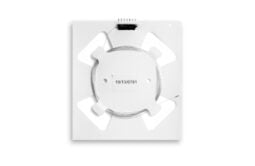
This sensor is an electromagnetically-navigated device which is a part of an integral system inserted…
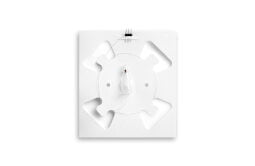
This sensor is an electromagnetically-navigated suction device which is a part of an integral system…
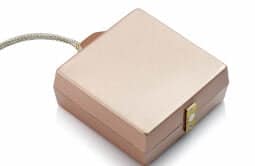
Cardiac ablation, also referred to as catheter ablation, is a mini-invasive treatment for cardiac arrhythmia…
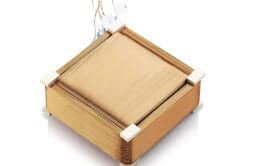
This magnetic transmitter navigation system performs three-dimensional mapping and works on the same GPS principle…
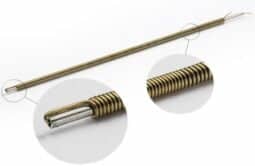
Benatav's coil is a critical component in the cryoablation systems and needles for treating kidney,…
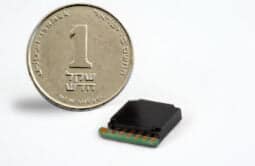
This magnetic transmitter navigation system performs three-dimensional mapping and works on the same GPS principle…